Socially conscious movies were all the rage in the 1910s. I’ve already seen films that have dealt with abortion, child labor, prostitution, blackmail, forced marriage, rape, and more, so it’s high time heroin addiction joined the fray. It does so courtesy of Norma Talmadge, making her 5th appearance in the chronology, and her first since Going Straight.
This time around, Talmadge plays Renee, an assistant to John Minturn, a painter played by Tully Marshall. She’s somewhat lazy, prone to sleeping in and slacking off at work, and we learn that she’s taken to shooting up morphine in order to give herself the occasional pick-me-up.
We’re told in a title card that Renee developed her morphine addiction during her service as a wartime nurse. Interestingly, the U.S. didn’t declare war on Germany until April 6, 1917, nearly a full year after this film was released. I have to wonder if that card was added after the fact, during a re-release of this film, as it would make no sense to audiences in 1916. If anything, it seems like she’s taking it to combat her ADHD, as she’s awfully unfocused on her work, and life in general, and only perks up and gets down to business after she’s shot up, much like Coke Ennyday in The Mystery of the Leaping Fish.
The story begins with Minturn seeking models for a painting he’s working on, and settling on Patricia, the daughter of one his wealthy patrons, played by Marguerite Marsh. I’ve seen her sister Mae in a few films, but this is my first chance to see her, although she doesn’t have a major role in the film. She’s mostly there to propel the action. Sir Gordon Galloway, her fiancé, shows up, angry that she’s stooped to modeling for a painter. Unfortunately for the boyfriend, and Patricia’s father, who is eager to marry her to the wealthy, if foppish, Galloway, Patricia has fallen in love with Minturn, and they begin an affair.
As this is happening, Minturn learns of Renee’s addiction. Rather than deny using it, or promising to quit, she instead extols the drug’s positives, and promises him that he’ll be even more clever and creative if only he’d give it a try. He’s unconvinced, but in a moment of curiosity, he injects himself, and immediately discovers she was right. His painter’s block is gone! He’s Michelangelo, Da Vinci, and Raphael all rolled up into one!
He’s also much more open about his love for Patricia, and when she shows up, the two of them elope. Everyone is devastated. Patricia’s father disowns her, Galloway is inconsolable, and even Renee is glum, for she too was in love with Minturn. Worse, when she goes to shoot up to take the edge off of life, she learns that Minturn has exhausted her stash!
From there we see Minturn’s downfall, replete with hallucinations and attempts to get his new wife hooked on heroin, juxtaposed with Renee’s salvation, as she kicks the habit. When Minturn comes to her for a fix, she realizes she’s responsible for his situation, and decides to help him get clean.
A lot more happens, but that’s the gist of it to this point, after which Minturn eventually makes his way to a farm, where he cleans up just in time to return to the city and rescue Patricia from the clutches of a drug dealer.
If I’ve made it sound comical or over the top, I’ve misled you, as this is a very serious, and very well-executed film. It isn’t a medically accurate depiction of how a person injects heroin, and it is guilty of portraying addiction as a case of one hit immediately turning a person into a hardened junkie, but what it lacks in realism there it makes up for in how well it demonstrates what addiction can do to a person. It’s a grim and serious movie, and while it lacks the intensity and realism of something like Requiem for a Dream, it’s as close to that as a film made in 1916 could possibly have been.
I bought the DVD to watch John H. Collins’ Children of Eve, but was of course intrigued by the ostensible main feature of the disc. While it doesn’t live up to the Collins’ film, The Devil’s Needle is still quite powerful. It’s also available on Blu-ray, which I’ve linked below in case you’d like a copy of your own. I highly recommend purchasing a copy, as Children of Eve is an outstanding film, and one I know I’ll find myself revisiting many times, but The Devil’s Needle is quite good, too.
Next I’m watching The Count [1916], directed by Charles Chaplin.





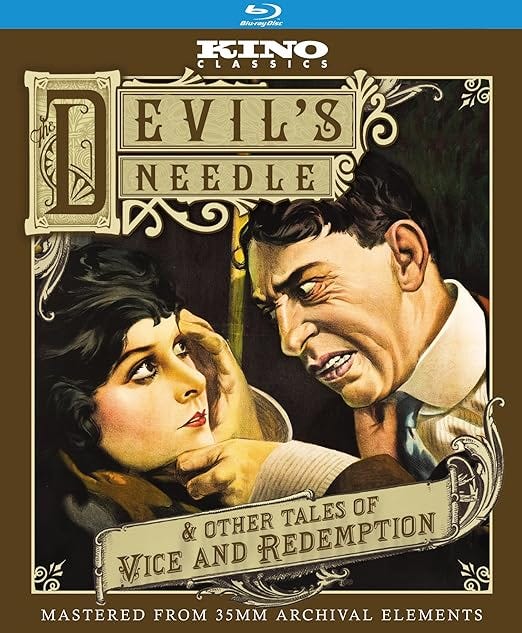


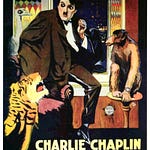
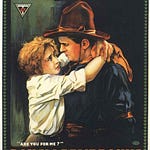
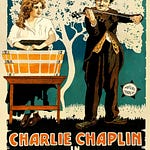


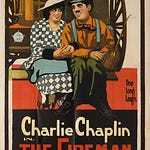
Share this post